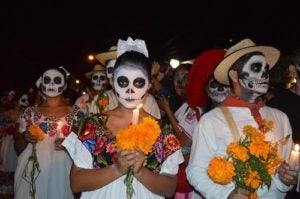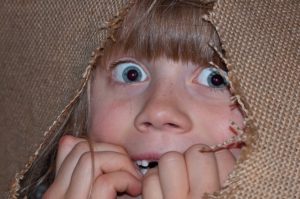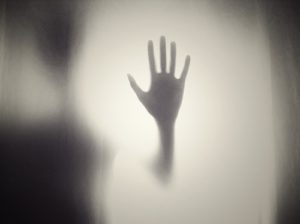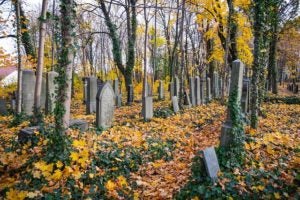Contact: Jenesse Miller (213) 810-8554 or jenessem@usc.edu
 Day of the Dead celebration has indigenous roots
Day of the Dead celebration has indigenous roots
“Given the timing, it may be tempting to equate Day of the Dead with Halloween, a ghost-themed U.S. holiday. But the two holidays express fundamentally different beliefs.
“Spanish conquerors faced difficulty in convincing native peoples to give up their rituals honoring death goddess Mictecacihuatl. The compromise was to move these indigenous festivities from late July to early November to correspond with Allhallowtide — the three-day Christian observance of All Saints’ Eve, All Saints’ Day and All Souls’ Day.
“With this move, the holiday was nominally connected to Catholicism. But many practices and beliefs associated with the worship of the dead remained deeply indigenous.”
Kirby Farah is an anthropological archaeologist and lecturer in the Department of Anthropology at the USC Dornsife College of Letters, Arts and Sciences. Her research and teaching interests intersect archaeology, ethnohistory and critical cultural heritage. This commentary originally appeared in The Conversation.
Contact: kirbyfar@usc.edu
 Are human wired to enjoy being terrified?
Are human wired to enjoy being terrified?
“Some of the attraction of being scared comes from the deviation of having a new experience that we know is safe. We like novelty, something that departs from our everyday experience.
“Your amygdala will give you a fear response, an avoidance response to stay away from something that is legitimately frightful.”
Irving Biederman is a specialist in cognitive neuroscience and the Harold W. Dornsife Professor of Neuroscience at the USC Dornsife College of Letters, Arts and Sciences. His research focuses on the brain’s role in vision, investigating the brain processes underlying humans’ ability to quickly recognize and interpret what they see.
Contact: bieder@usc.edu or (310) 614-3903
 What’s at the core of a good horror movie?
What’s at the core of a good horror movie?
“Horror as a genre is an expression of the collective anxieties of a society at the time in which these films are made. They allow us to collectively get a sense of catharsis by the vanquishing of these fears.
“Conquering the fear of death is at the core of all horror films. It’s the way in which that problem is presented by the film that speaks to the specifics of the society at any given time.”
Alex Ago is a horror movie buff and director of programming and special projects at the USC School of Cinematic Arts.
Contact: aago@cinema.usc.edu or (213) 740-2330
 With burials on the decline, is the cemetery dead?
With burials on the decline, is the cemetery dead?
“Today, we’re in a very extraordinary moment. For over a hundred years, Americans have taken care of their dead in very specific ways, and each of these is being challenged. Each of these is being a little pushed by what’s happening in our world.
“If everyone can scatter their ashes or have them in their home, then you don’t need a cemetery.”
David Sloane is a professor at the USC Price School of Public Policy and an expert in urban history, health disparities and community development, and public and private commemoration. He comes from a long line of cemetery superintendents and is the author of Is the Cemetery Dead?
Contact: dsloane@price.usc.edu or 213-740-5768



